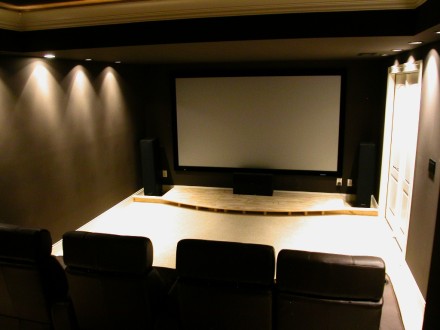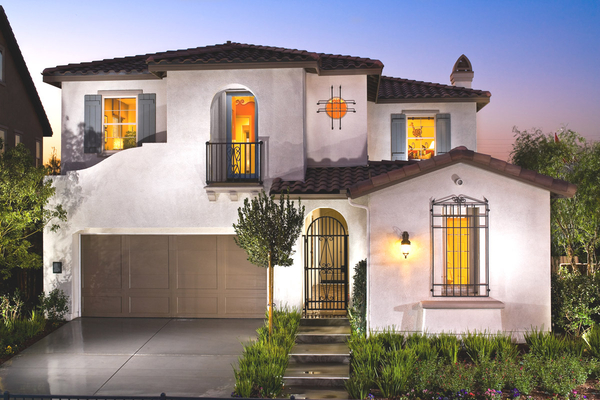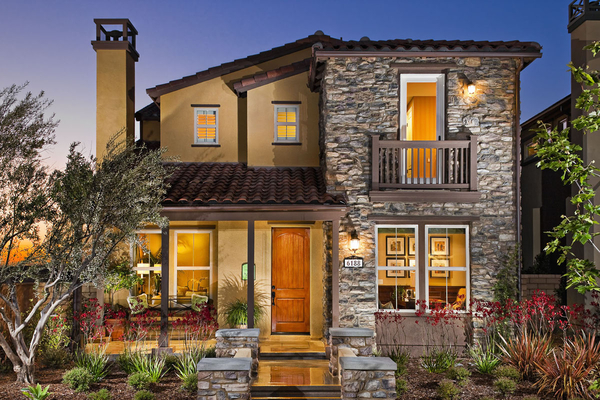 There is so much more to home gardening than simply plugging plants into vacant spots in your front or back yard in an effort to make it look green. When designing the landscaping around your house, it pays to take your time and carefully plan out your project. Putting in the time before you ever stick a shovel in the ground, will help create a beautiful garden that will give you pleasure for years to come.
There is so much more to home gardening than simply plugging plants into vacant spots in your front or back yard in an effort to make it look green. When designing the landscaping around your house, it pays to take your time and carefully plan out your project. Putting in the time before you ever stick a shovel in the ground, will help create a beautiful garden that will give you pleasure for years to come.Once you have a plan, or at the very least, an outline of what you want to accomplish, the next step is to clear the general area that you will be working in and start from scratch. Consider this your "canvas". Next make a sketch of how you would like your garden to look. This can be a rough sketch, just as long as you give some thought to color, plant height, bloom times, and the zone in which you live.
Make a list of possible plants, shrubs, and trees that you have available. If possible, choose perennial plants. They will be more expensive initially, but will last for years. You will need to keep in mind the maximum height of the plants you choose, making sure to place the tallest ones in the back with decreasing height as you move toward the front of the garden. Planning your garden in this way will show off every plant.
 Even though most plants will have a tag that describes its maximum height, the next growing season, you may still find that you have misplaced a particular plant. Don't get discouraged, simply dig up the plant (carefully, of course, keeping as much dirt and soil around the root system as possible) and move it. Much of gardening is a trial and error process.
Even though most plants will have a tag that describes its maximum height, the next growing season, you may still find that you have misplaced a particular plant. Don't get discouraged, simply dig up the plant (carefully, of course, keeping as much dirt and soil around the root system as possible) and move it. Much of gardening is a trial and error process.
When deciding on which plants to choose, try to go with those with a longer blooming season. For example, tulips are beautiful in the spring, but unfortunately only last a few weeks, after which they don't add much to the garden. Day lilies, such as the Stella d'Oro, bloom throughout much of the season, adding color to your garden for months. Several annual plants, such as marigolds, zinnias, and begonias, will add color throughout the season. However, as the term implies, annual plants will need to be purchased and planted with the beginning of each season.
When landscaping your garden, don't forget to add objects such as fake boulders, antique knickknacks, and bird baths. These can complement your garden just as effectively as a well-place flowering shrub or tree.
If you decide to use a setting for your garden, like a table and chair garden set, place them in an area where they can best be viewed and enjoyed. The same is true if you decide to install a water fall. You may want to make these items the main focal point of your garden (or a section of your garden if you have a large one).
 Additional features that can enhance the appeal of your garden, and are often overlooked, are the designs of walls and fences. Not only can these structures offer privacy, but can serve as an effective backdrop for your plants, trees, and shrubs.
Additional features that can enhance the appeal of your garden, and are often overlooked, are the designs of walls and fences. Not only can these structures offer privacy, but can serve as an effective backdrop for your plants, trees, and shrubs.
Gardening is meant to be fun and relaxing. However, it pays to take some time for planning whether staring a new garden or adding to an existing one. With some hard work and plenty of creativity, you will feel great when you look out your window and see the beautiful garden that you designed and created yourself.
















No comments:
Post a Comment